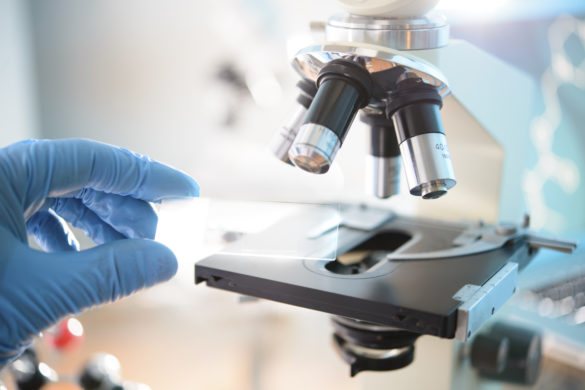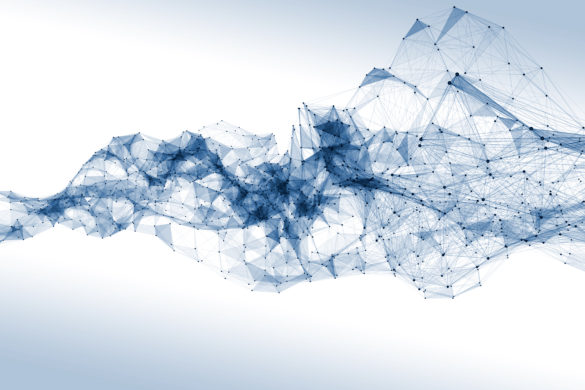by Isabella Colonna
For February we selected Caronna E, van den Hoek TC, Bolay H, Garcia-Azorin D, Gago-Veiga AB, Valeriani M, Takizawa T, Messlinger K, Shapiro RE, Goadsby PJ, Ashina M, Tassorelli C, Diener HC, Terwindt GM, Pozo-Rosich P. Headache attributed to SARS-CoV-2 infection, vaccination and the impact on primary headache disorders of the COVID-19 pandemic: A comprehensive review. Cephalalgia. 2023 Jan;43(1):3331024221131337. doi: 10.1177/03331024221131337. PMID: 36606562.
Our February Paper of the Month is a narrative review focusing on epidemiology, pathophysiology and treatment of secondary headache following SARS-COV-2 infection and vaccination, and on the impact of COVID-19 pandemic on primary headache disorders.
Secondary headache disorders attributed to SARS-COV-2 infection may be observed in the acute (from onset to week four) as well as in the post-acute (from week five onward) phase of COVID-19. Different pathophysiological mechanisms have been hypothesised; among these, the activation of the trigeminovascular system may be the most likely process determining headache during SARS-COV-2 infection.
In the acute stage of SARS-COV-2 infection, headache, whose prevalence has been reported ranging from 10% to 74%, is mostly characterised by diffuse, moderate to severe, pressing pain; criteria for migraine and for tension-type headache are satisfied in 25% and in 54% of patients, respectively. Headache during SARS-COV-2 infection has been related to shorter duration, reduced severity and higher survival rates of COVID-19 disease. There is no specific therapy for headache due to acute SARS-COV-2 infection; the most frequently used treatments are non-steroidal anti-inflammatory drugs (NSAID) and paracetamol/acetaminophen; however, they are effective in less than 50% of patients. Improvement of headache after treatment with steroids, with greater occipital nerve block and with indomethacin has been reported.
Headache is also a frequent symptom characterising the post-acute phase of COVID-19. A multicentre study reported that headache was still a complaint among 31% and 16% of patients, at one and nine months after the infection, respectively. The majority of headache cases have migraine or tension-type features, and are often associated with other symptoms, such as fatigue and cognitive impairment. The choice of treatment should consider the type of headache, the overuse of acute pain drugs and the comorbidity with other post-COVID symptoms. Although there is scarce evidence for preventive treatments for headache in the COVID-19 post-acute phase, beneficial effects of amitriptyline and onabotulinumtoxin A have been reported.
In the setting of the COVID-19 pandemic, other secondary headaches have been attributed to meningitis/encephalitis, central venous thrombosis and intracranial hypertension occurring during SARS-COV-2 infections. Moreover, headache represents the most frequent neurological adverse event of SARS-CoV-2 vaccinations, most frequently presenting with bilateral localisation, pressing quality and clinical features of tension-type headache. The duration of headache has been reported to last less than 22 hours in the 75-80% of individuals who received AZD1222 and BNT162b2 mRNA vaccines. Among different analgesic treatment, acetylsalicylic acid has been shown to be the most effective after AZD1222 and BNT162b2 vaccination. Headache starting a few days after vaccination and worsening over time should be considered a red flag for central venous thrombosis, which is the most significant adverse event after COVID-19 vaccination, being related in 85.5% and in 14.5% of cases to AZD1222 and BNT162b2 vaccines, respectively.
In the last part of the review, the authors focused on the impact of COVID-19 pandemic on primary headache disorders. It has been shown that individuals suffering from primary headache disorders experienced headache attacks more often in the acute phase, and persisting headache in the post-acute phase of COVID-19. Similarly, COVID-19 vaccination has been associated with longer and more intense headache attacks in individuals with history of primary headache. With regard to the COVID-19 pandemic measures, it has been reported that short-term lockdown seemed to have a positive impact on migraine patients, improving general well-being and reducing the acute headache medication days. Further positive effects on headache care have been seen as a result of the implementation of telemedicine and of the use of headache E-diaries.











